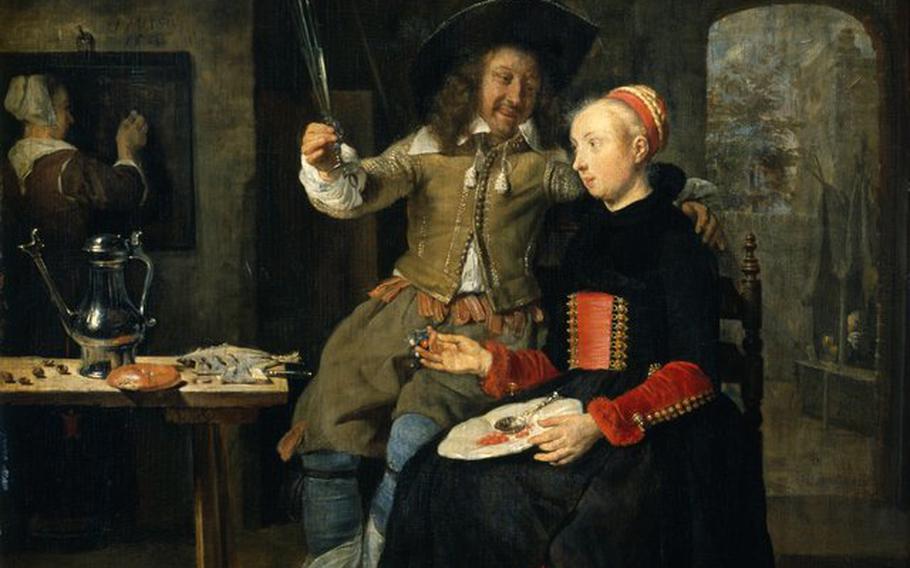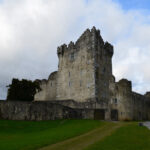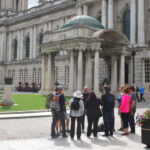The Dutch Golden Age, spanning the 17th century, was a period of economic prosperity, cultural flourishing, and artistic brilliance in the Netherlands. At the heart of this cultural renaissance were the Dutch Masters, a group of renowned painters whose works have left an indelible mark on the world of art. In this guide, we will explore the lives, styles, and masterpieces of some of the most influential Dutch Masters.
1. The Dutch Golden Age: A Brief Overview
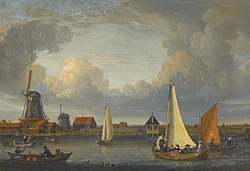
Before delving into the world of Dutch Masters, it’s essential to understand the historical context that gave rise to their prominence. The 17th century witnessed the Dutch Republic emerging as a major economic and naval power, fostering a wealthy middle class with a keen interest in art. This newfound affluence led to a thriving art market and the patronage of talented painters.
2. Rembrandt van Rijn: The Master of Light and Shadow

No exploration of Dutch Masters is complete without mentioning Rembrandt van Rijn, often regarded as the epitome of Baroque art. Born in 1606 in Leiden, Rembrandt’s innovative use of light and shadow, known as chiaroscuro, set him apart. His most famous work, “The Night Watch,” exemplifies his mastery in capturing dramatic scenes with rich, emotive details.
Rembrandt’s ability to convey human emotions is evident in his numerous portraits, including the iconic “Self-Portrait with Two Circles.” Despite facing personal and financial challenges later in life, Rembrandt’s legacy endures, and his influence can be seen in the works of countless artists across generations.
3. Johannes Vermeer: The Meticulous Observer
Johannes Vermeer, a contemporary of Rembrandt, took a different approach to art. Known for his intimate scenes of daily life, Vermeer’s paintings are characterized by meticulous attention to detail and a subtle use of color. His masterpiece, “Girl with a Pearl Earring,” is a testament to his ability to capture the nuances of light and shadow.
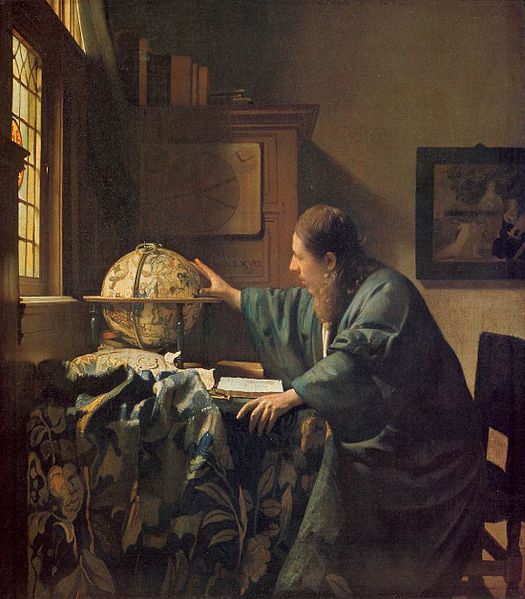
Vermeer’s relatively small body of work, comprising around 34 paintings, is celebrated for its tranquility and realism. His genre paintings, such as “The Milkmaid” and “The Art of Painting,” provide a glimpse into the domestic life of the Dutch bourgeoisie during the Golden Age.
4. Jan Steen: A Humorous Glimpse into Dutch Life
While Rembrandt and Vermeer focused on serious and intimate scenes, Jan Steen chose a more lighthearted approach. A genre painter known for his humorous depictions of everyday life, Steen often incorporated moralistic themes into his works. “The Merry Family” and “The Feast of Saint Nicholas” showcase his keen observational skills and playful storytelling.
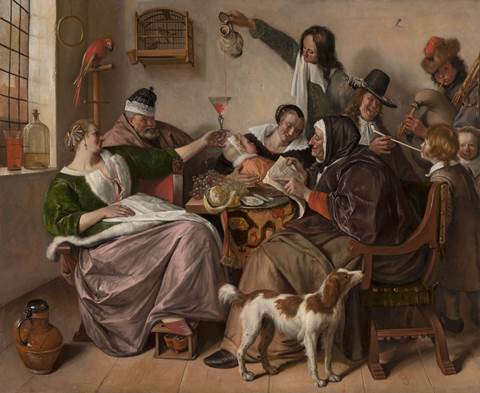
Steen’s paintings not only entertain but also offer a social commentary on the values and customs of Dutch society. His ability to infuse humor into art while maintaining technical excellence makes him a unique and beloved figure among the Dutch Masters.
5. Pieter Bruegel the Elder: A Window into the Past
Although not born during the Dutch Golden Age, Pieter Bruegel the Elder’s contributions to Dutch art are monumental. Active in the 16th century, Bruegel’s paintings, such as “The Harvesters” and “The Tower of Babel,” provide a detailed glimpse into the daily life, landscapes, and traditions of the Low Countries.
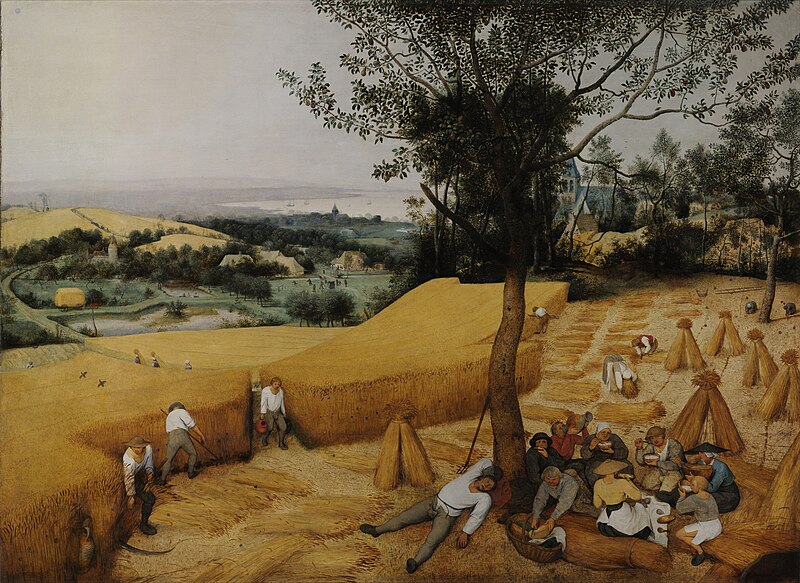
Bruegel’s works often carry a moral or satirical message, and his innovative use of panoramic landscapes influenced generations of artists. His ability to capture the essence of the changing seasons and the diversity of human activity set him apart as a master of composition and narrative.
6. Conclusion: A Lasting Legacy
The Dutch Masters not only captured the aesthetic beauty of their time but also reflected the societal, economic, and cultural changes that defined the Dutch Golden Age. Their influence is still palpable in the world of art, with contemporary artists drawing inspiration from their techniques and themes.
As you explore the works of Rembrandt, Vermeer, Jan Steen, and Pieter Bruegel the Elder, take a moment to immerse yourself in the rich tapestry of Dutch artistry. The brushstrokes of these masters continue to tell stories and evoke emotions, proving that the allure of the Dutch Golden Age endures through the timeless works of its painters.
